Affiliate links on Android Authority may earn us a commission. Learn more.
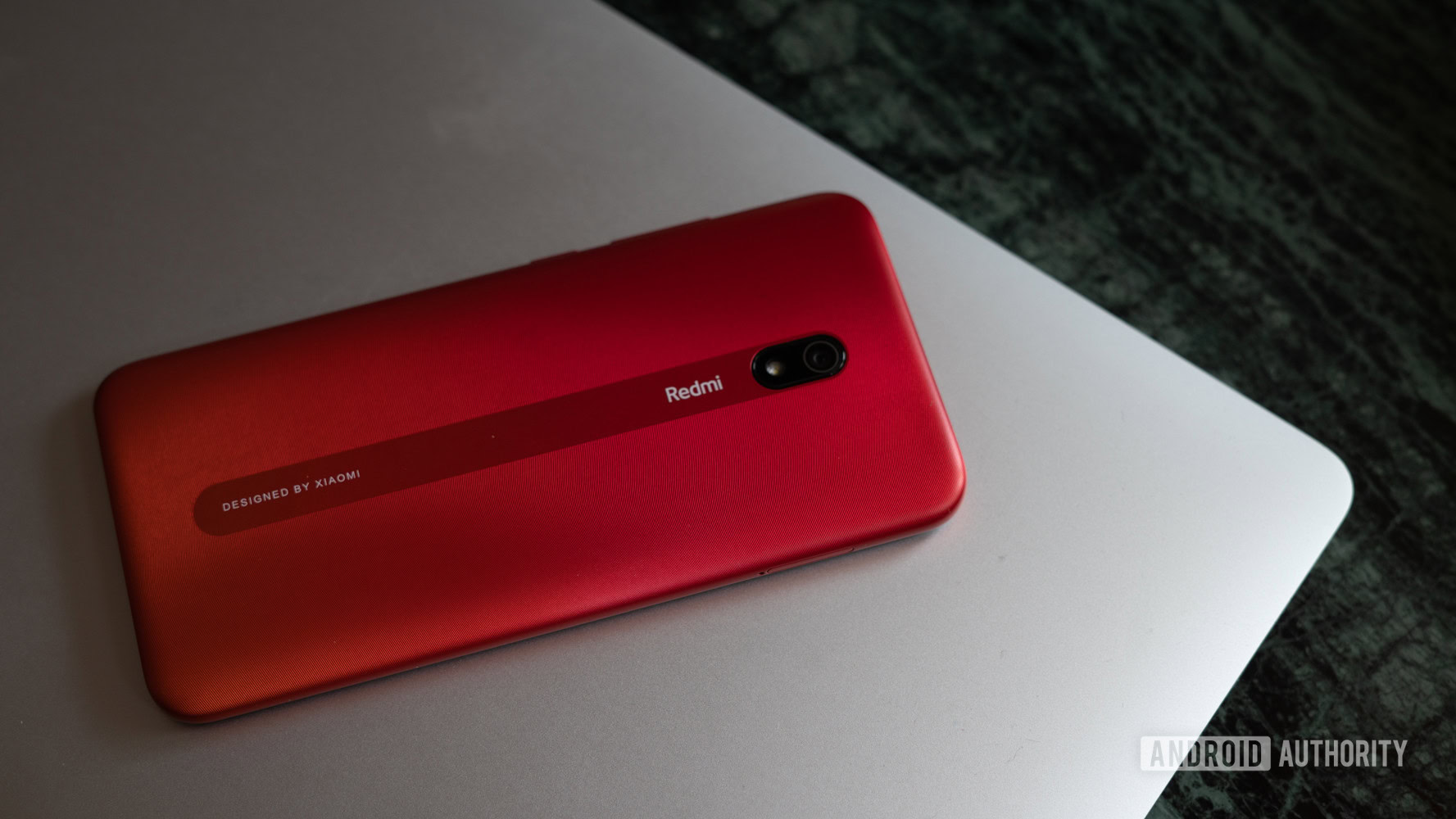
Redmi 8A review: Incredible value at an incredible price
Published onOctober 4, 2021
Xiaomi Redmi 8A
What we like
What we don't like
Xiaomi Redmi 8A
Few brands can claim to have defined an entire generation of smartphones. Xiaomi knows how to create stellar hardware that redefines value, and, a few exceptions aside, it has consistently released the best entry-level and mid-range phones. The Redmi 7A, when we took a look at it earlier in the year, was a fairly consistent piece of kit that just about kept up with the competition. Fast forward to the Redmi 8A, and it looks like Xiaomi took the criticism to heart.
Find out how Xiaomi improved its design in Android Authority‘s Redmi 8A review.
Redmi 8A review: A whole new design
While the Redmi 7A got minor tweaks, Xiaomi brought the Redmi 8A up to speed with 2019 design trends. Between the waterdrop notch and the all-new rear panel, this is a phone that looks a lot better than its price would betray.
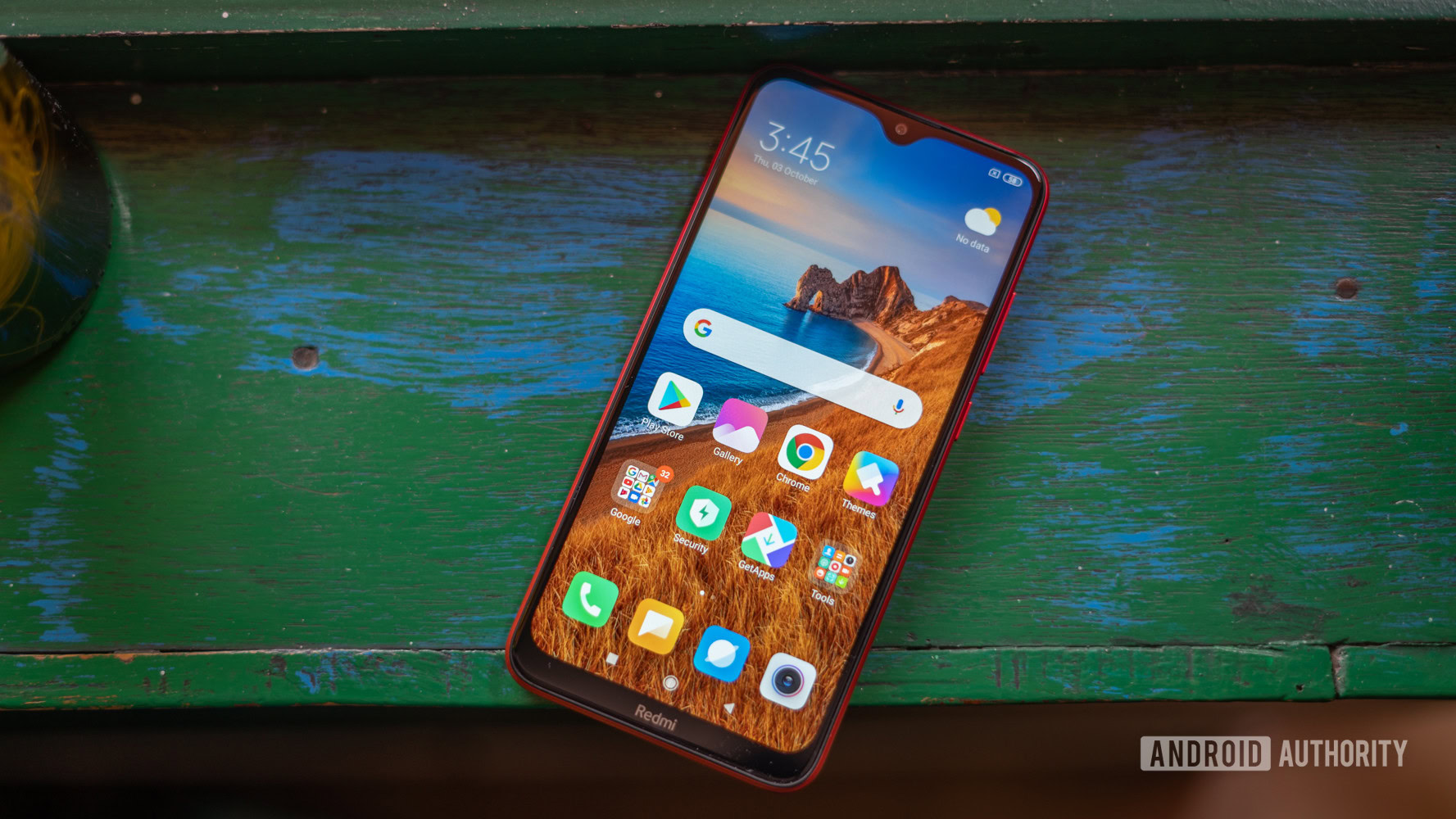
Starting with the front, the large 6.2-inch display is flanked by not-too-large bezels on the sides. Yes, there’s a bit of a chin at the bottom, but at this price point it isn’t necessarily something to complain about. The waterdrop notch, however, cuts rather deep into the display and can be a bit irksome when watching videos. The IPS LCD in use here isn’t bad at all. I took it out and about and, for the most part, I didn’t have any issues with viewing it outdoors. Colors are a bit muted, and close inspection reveals a certain softness due to the low 720 x 1520 resolution, but these come across as necessary tradeoffs to get the price down.
Xiaomi ratcheted up the size of the display compared to the Redmi 7A and the phone isn’t quite as petite anymore. Combined with the large bezels, the Redmi 8A can get a bit unwieldy. Single-handed use is going to be tough, if not impossible. The phone is fairly chubby, but that is offset by the large battery. To be fair, it is quite incredible that the Redmi 8A weighs just 188g despite the size of the battery.

Tactile feedback on the buttons is great, and there really is nothing here that would suggest that this is an absolute entry-level phone. The missing IR blaster might irk a few, but if that’s what it takes to cover costs for the USB-C port, I’m more than happy with the trade-off. In fact, Xiaomi went a step ahead and added support for 18W fast charging, as well. You’ll have to buy a separate charger for this; a 10W brick is included in the box.
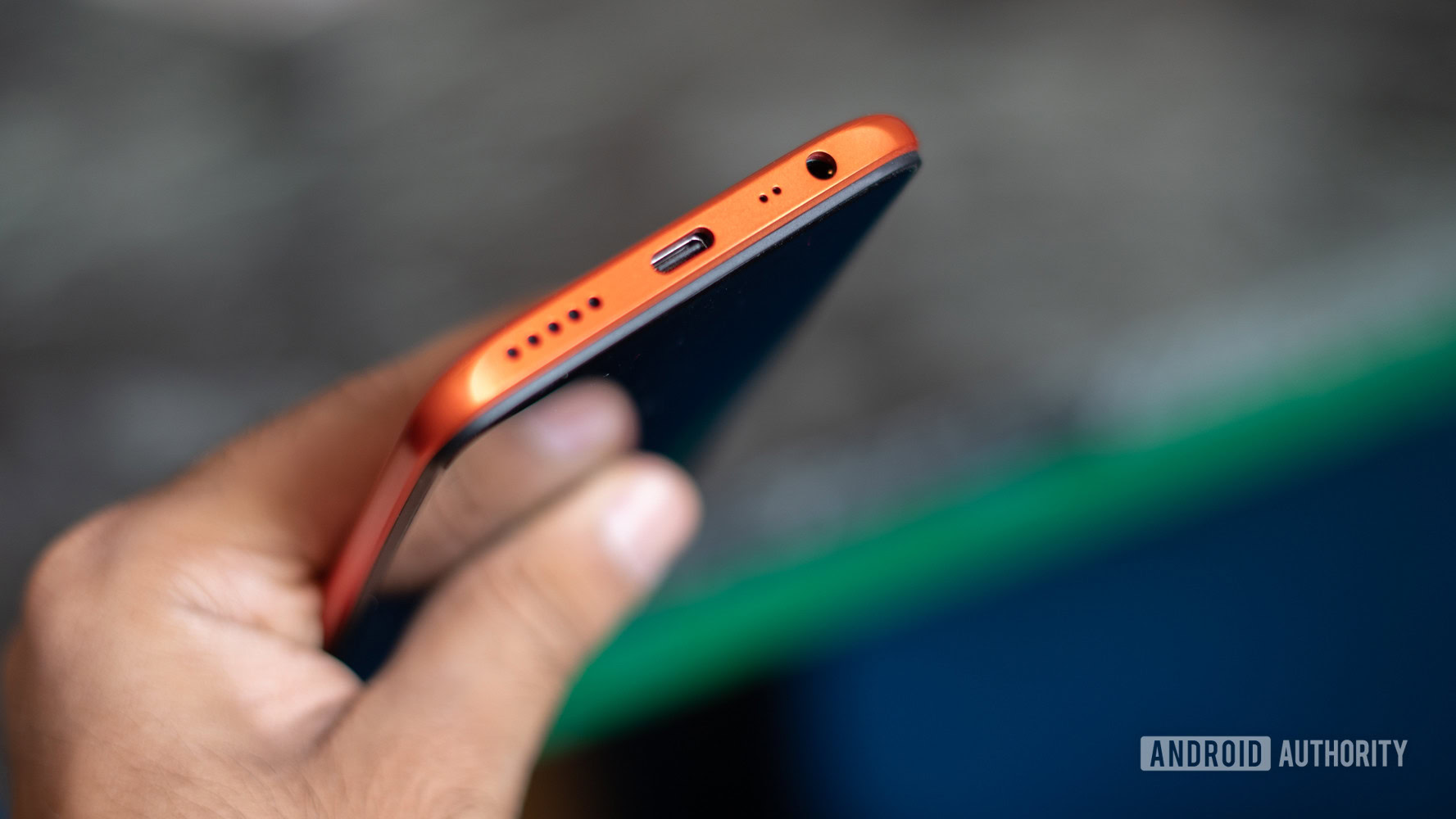
Headphone jacks are still common on entry-level hardware and, yes, the Redmi 8A has one as well. Additionally, a speaker grille flanks the USB-C port. Audio output from the headphone jack is loud and clear, though with my 1MORE Triple Driver earphones I noticed a slight amount of hiss and lack of dynamic range. The speaker, unfortunately, doesn’t go too loud. Music sounds muffled with little distinction between lows and mids.
I love what Xiaomi has done with the back of the Redmi 8A. The polycarbonate material has a wave-like texture to it that feels great and also adds a certain amount of grip. A subtle take on a gradient, the color gently shifts from bright red to an almost tangerine shade. My favorite aspect of the new texture is that it won’t attract fingerprints and scuffs the way the Redmi 7A did. Xiaomi didn’t include a case with this phone, but the materials seem resilient enough and you should be fine if you decide to go without a case on the Redmi 8A.
Can the Redmi 8A play PUBG?
The Snapdragon 439 chipset used here is carried over from the Redmi 7A, and so is the performance. During my time with the phone, I didn’t face much missing in terms of general usability. Sure, apps take a bit longer to start up, but that’s a concession you have to make with entry-level phones. Multitasking, however, is the Achilles heel of the Redmi 8A. The meager 2GB of RAM just isn’t enough. I’d urge all buyers to step up to the model with 3GB of RAM — unless you want to be stuck constantly reloading web pages and apps when juggling between them.
Day-to-day usability is great, but the phone struggles with gaming.
While CPU performance has come a long way, the phone lacks graphics prowess and it shows when you try to play games. PUBG, in particular, has taken the world by storm. I tried running a PUBG campaign on the phone, and while the Redmi 8A manages to deliver playable frame rates, it is by no means a fantastic gaming experience. There are noticeable frame drops and you can’t switch over to HD graphics, either. If you stick to simpler 2D games your experience should be fine.
Meanwhile, the software package is MIUI 10 on top of Android Pie. The software is well mated to the hardware, but it continues to be loaded up with bloatware and services. Between first-party apps and third-party preloads, I counted over 20 pre-installed apps which is just way too many. MIUI on the Redmi 8A is a smooth affair, but you still have to deal with overbearing ads. Additionally, there’s a constant push towards downloading promoted apps right from the time you start setting up your phone.
Phone calls sound loud and clear on the Redmi 8A at both ends, and while haptics aren’t quite as accurate as I’d like them, the texting experience is satisfactory. I noticed WiFi connectivity to be a bit iffy and the phone dropped the connection while downloading hefty files. Additionally, there is no support for 5Ghz WiFi, so you are going to be limited by transfer speeds.
How big is the Redmi 8A’s battery?
Rounding out the improvements is a massive 5,000mAh battery. This, in my opinion, is the most relevant change in the Redmi 8A. The phone caters to users who are often on the road, make a lot of phone calls, and generally push batteries to their limits. In my case, I could easily push the phone to the three-day mark before it required a charge. I’m confident that you won’t have any issue getting well more than a day, or even two days, from the Redmi 8A — even if you push it hard.
Does the Redmi 8A have a good camera?
The Redmi 8A uses a 12MP IMX363 camera sensor. For perspective, this is the same sensor found in the Pixel 3a series. However, a sensor alone doesn’t make for great image quality and, unfortunately, the Redmi 8A finds itself lacking in this department.
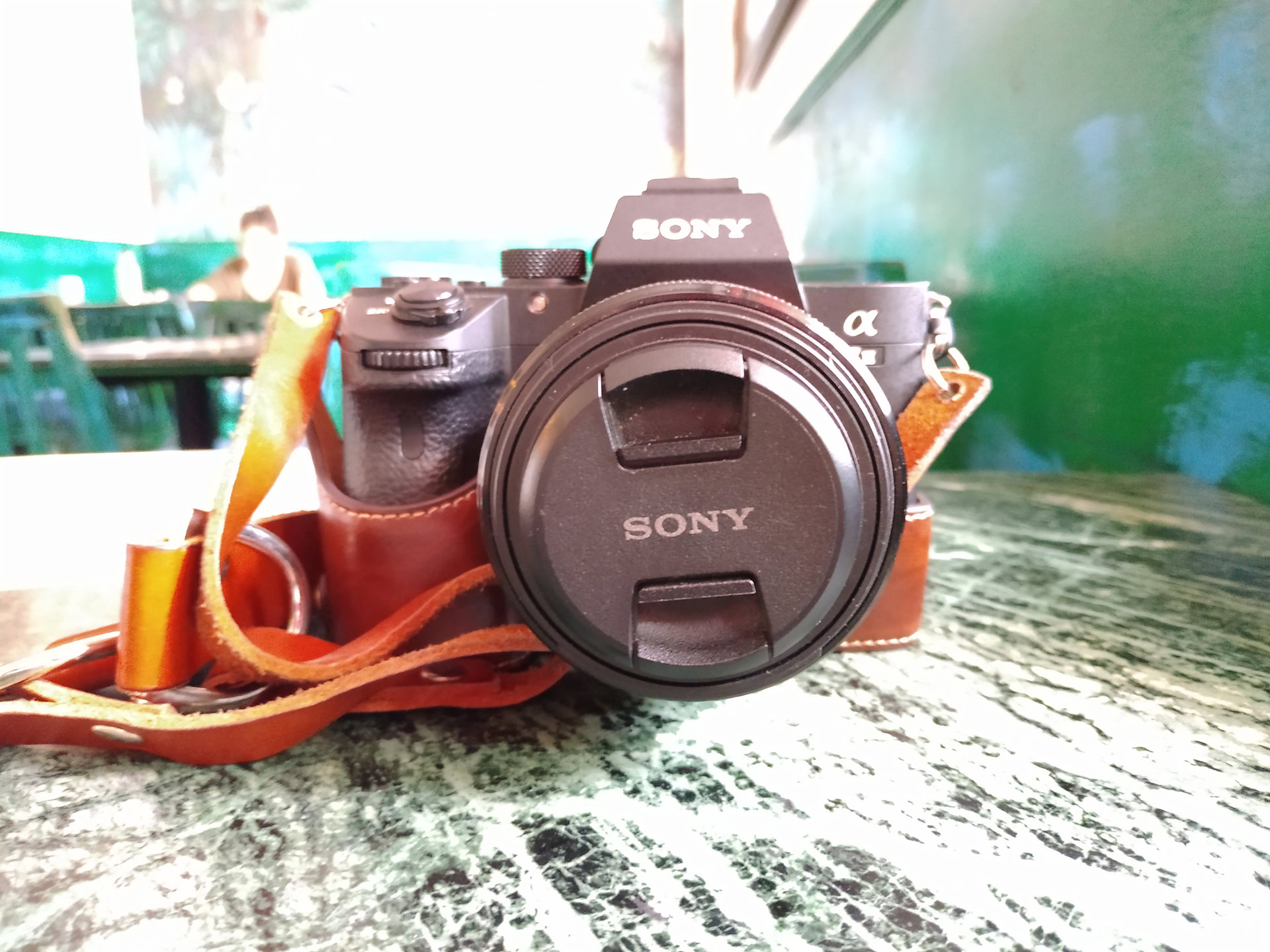
Dynamic range, even with HDR switched on, is limited and the camera has a tendency to completely blow out highlights. There’s an inherent softness in images, and the phone often struggled to get a focus lock even in great lighting.
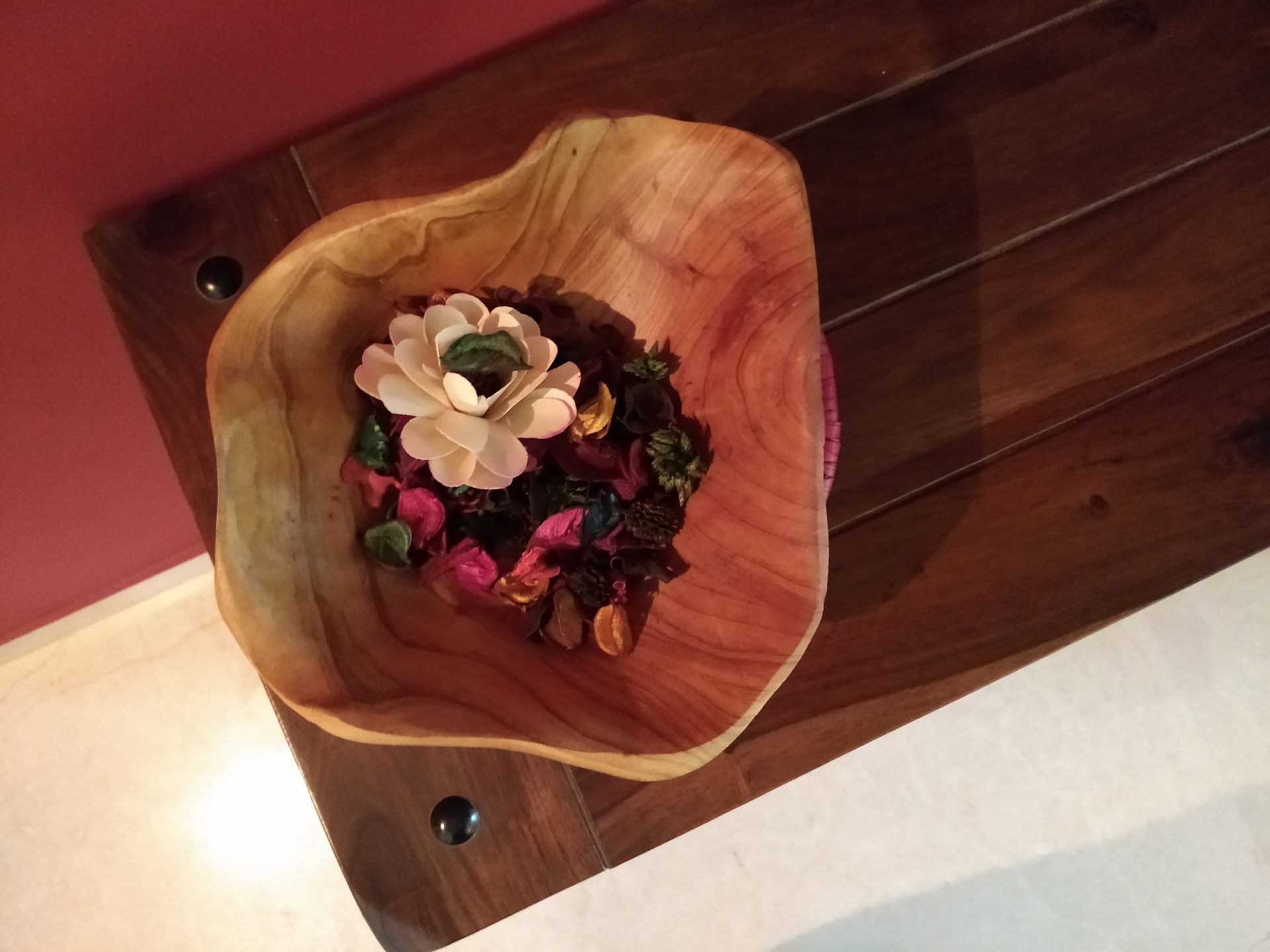
Low-light shots aren’t terrible, but again, you can spot blown-out highlights in the reflections. The phone applies heavy noise reduction, which adds a pervasive softness to the shots.
The 8MP front camera takes reasonable looking selfies. It applies a heavy-handed beauty filter by default, something you will definitely want to switch off. You can take a look at full resolution camera samples here.
Other camera features include a portrait mode that I found to be rather hit or miss. The phone uses a single camera to enable this and edge detection isn’t very good at all.
Videos max out at 1080p, 30FPS and show compression artifacts. You’ll manage reasonably good footage in a well-lit setting, but you definitely don’t want to be shooting with this in low light.
Redmi 8A specifications
| Redmi 8A (India) | |
|---|---|
Display | 6.2-inch IPS LCD 720 x 1,520 resolution Gorilla Glass 5 19:9 aspect ratio |
SoC | Qualcomm Snapdragon 439 (12 nm) Octa-core CPU (4x 1.95GHz + 4x 1.45GHz) |
GPU | Adreno 505 |
RAM | 2GB/3GB RAM |
Storage | 32GB Expandable with microSD card (up to 256GB) |
Cameras | 8MP front camera with face unlock Rear camera: 12MP sensor (Sony IMX363, 1.4μm pixel size f/1.8 aperture) LED flash |
Battery | 5,000mAh non-removable 18W charging (10W charger included) USB-C |
Software | Android 9.0 Pie with MIUI 10 |
Dimensions and weight | 156.6 x 75.4 x 9.4mm 188 grams |
Miscellaneous | p2i coating FM Radio |
Should I buy the Redmi 8A?
- Redmi 8A 2GB RAM, 32GB storage — Rs.6,499 ($92)
- Redmi 8A 3GB RAM, 32GB storage — Rs. 6,999 ($99)
The Redmi 8A takes a leap forward compared to the Redmi 7A, but also a few steps back. I really like the new design, and the grippy back is fantastic to use even without a case. The display looks good enough, though I wish it were a bit brighter. The battery life is phenomenal and should easily last two days for most users.
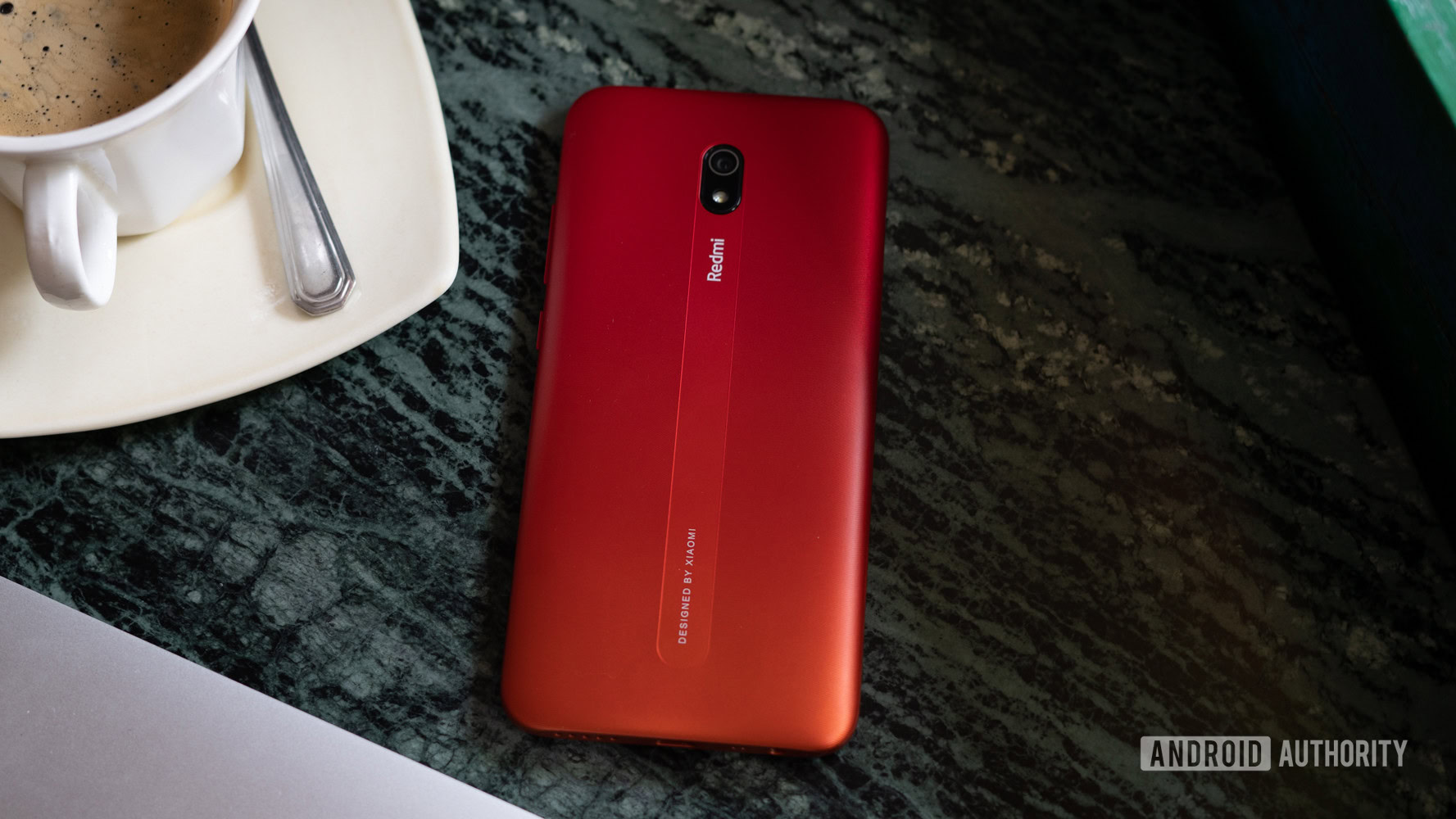
Unfortunately, the camera feels like a step back from the Redmi 7A. Where the 7A shot crisp images that were generally well exposed, the Redmi 8A seems to fumble with finding the right exposure and focus. Xiaomi is generally great with software updates, so one can hope that the company will make improvements via software update.
As it stands, the Redmi 8A is still a fantastic piece of kit for the price. There’s a lot of value to be had here, and now that the phone ships with 32GB of storage standard, it takes away a major gripe we had with the Redmi 7A. If you are on a budget, you probably won’t go wrong with the Redmi 8A.
This concludes Android Authority‘s Redmi 8A review.